Business Law Assignment: Analysis of Conflict of Interest Cases
VerifiedAdded on 2023/01/19
|7
|1703
|33
Report
AI Summary
This report delves into the critical topic of conflict of interest within the realm of business law, using the BlackRock case as a primary example. It begins with an introduction defining conflict of interest and its implications for organizations, particularly focusing on the case where BlackRock was fined for failing to disclose an employee's conflicting interests. The report then explores the legal framework in the US, including Chapter 286 section A of the General Laws, the Investment Advisers Act of 1940, and other relevant laws like those addressing nepotism, confidentiality, and misuse of office. It further examines internal policies and procedures that organizations implement to prevent conflict of interest, such as compliance, disclosure, objectivity, and measures against opportunism. The report also discusses management's role in implementing these measures through training, disciplinary actions, and fostering a culture of loyalty. It assesses the efficiency of these measures in reducing conflict of interest cases and suggests improvements by aligning company and government laws, encouraging personal responsibility, and motivating employees through rewards. The conclusion emphasizes the importance of adhering to corporate laws and policies to foster a culture of integrity, ultimately aiming to minimize, rather than eradicate, conflict of interest.
1 out of 7
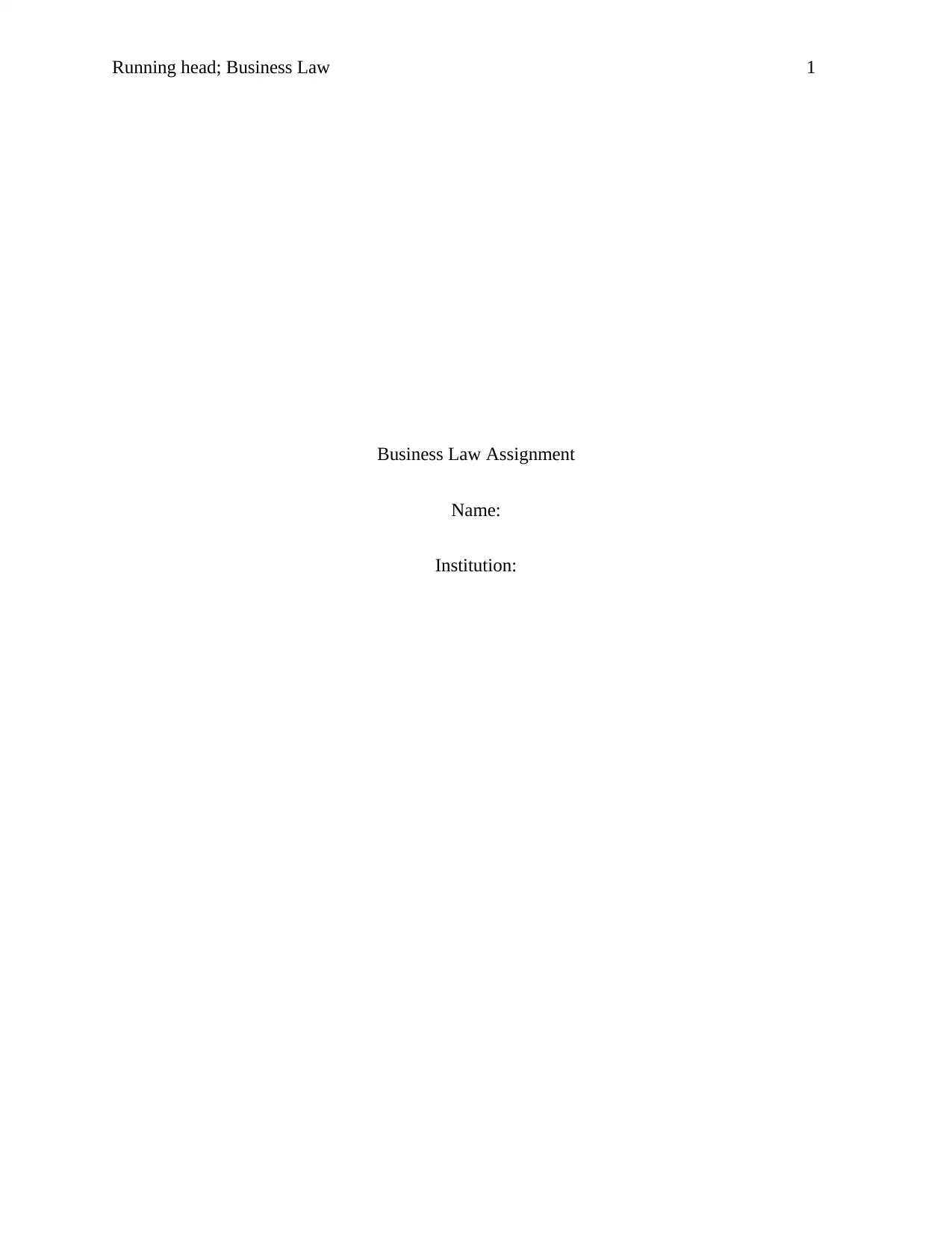
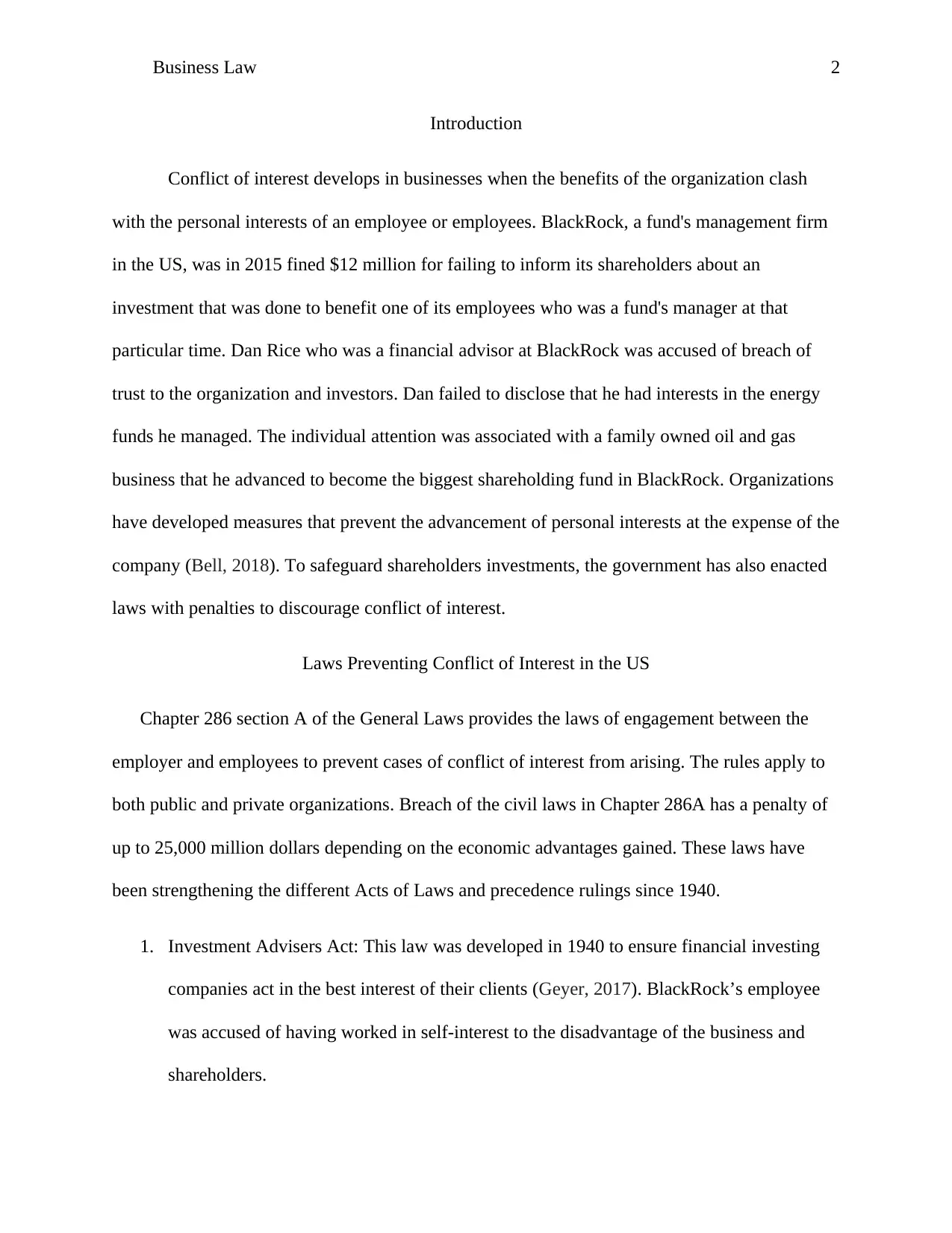
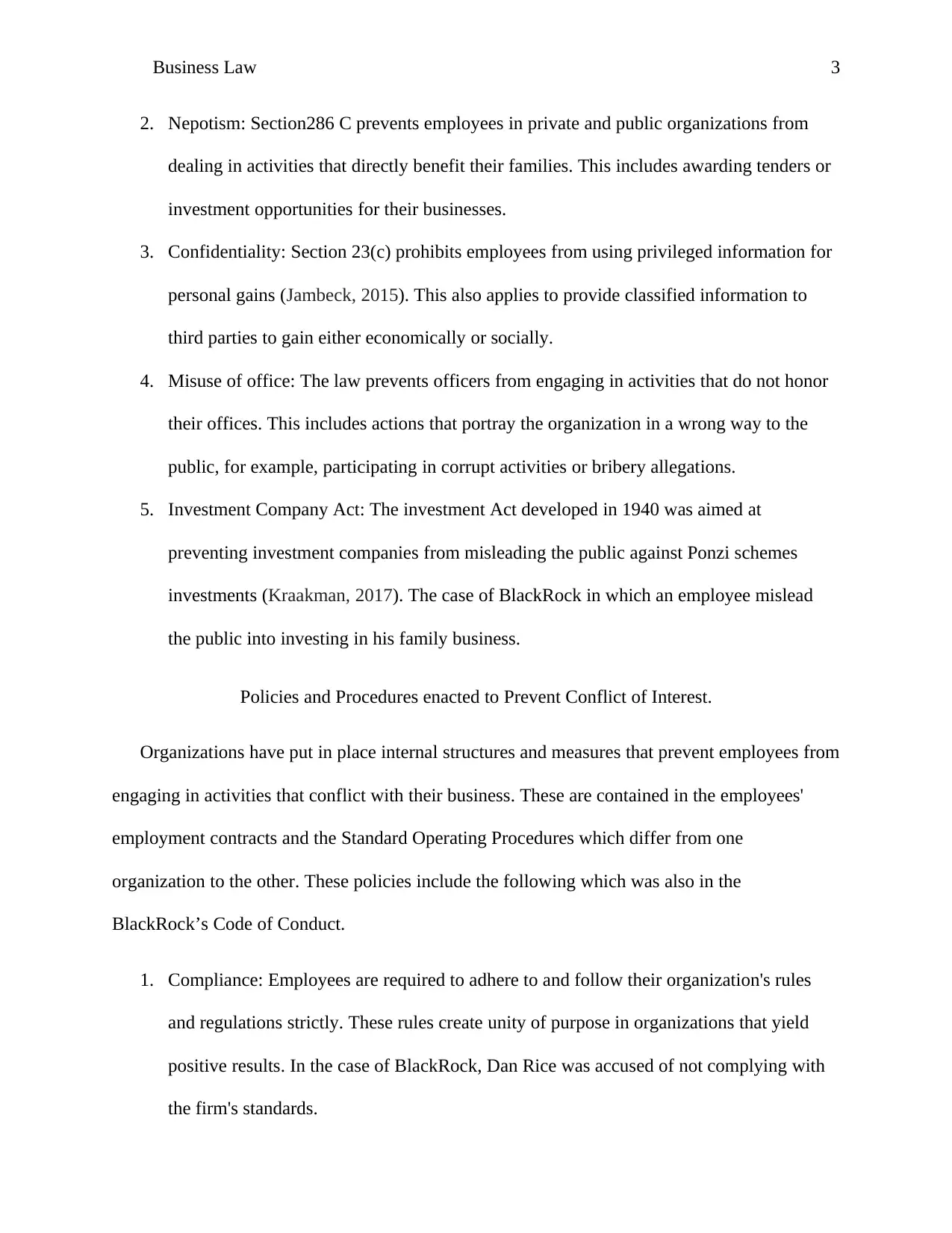
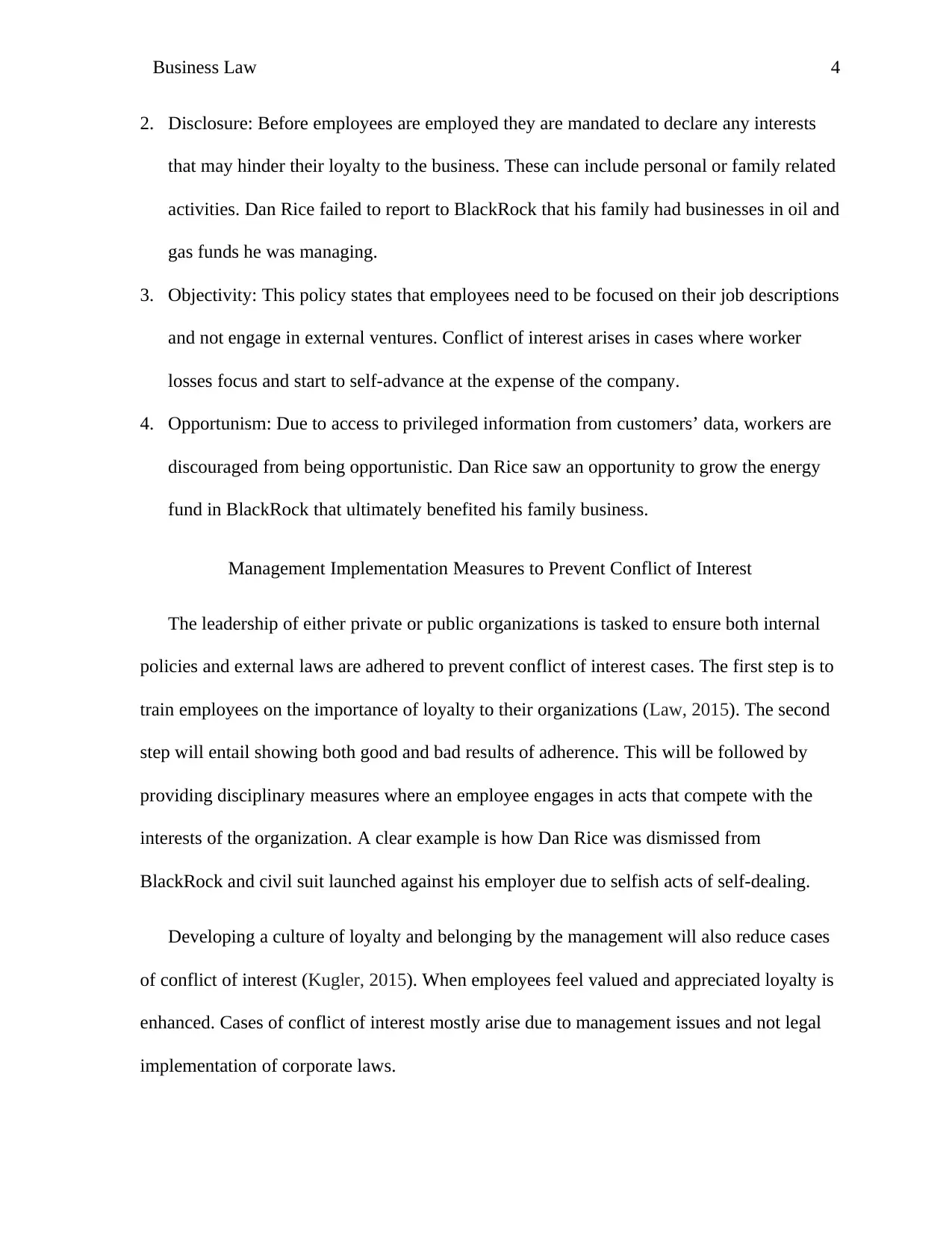
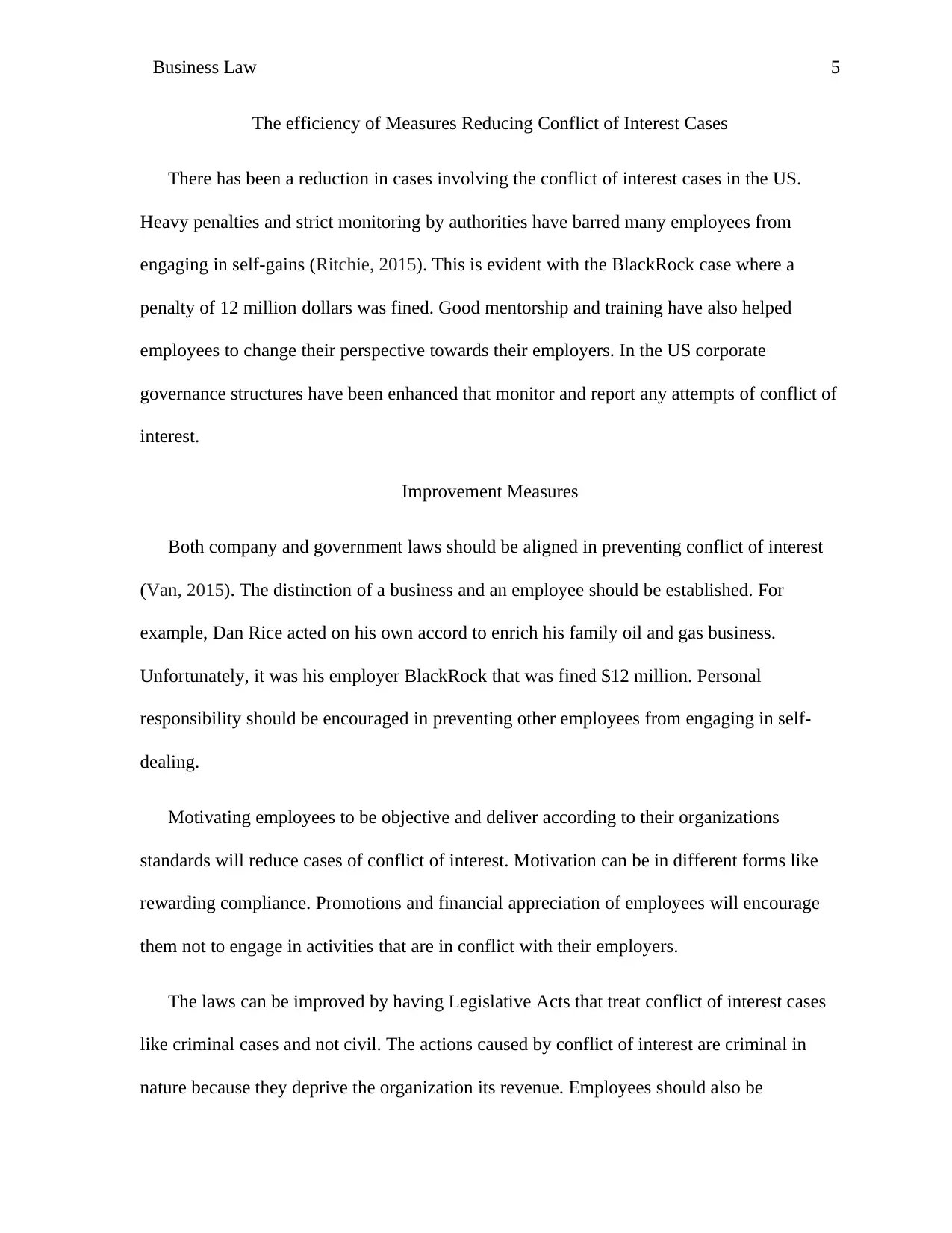
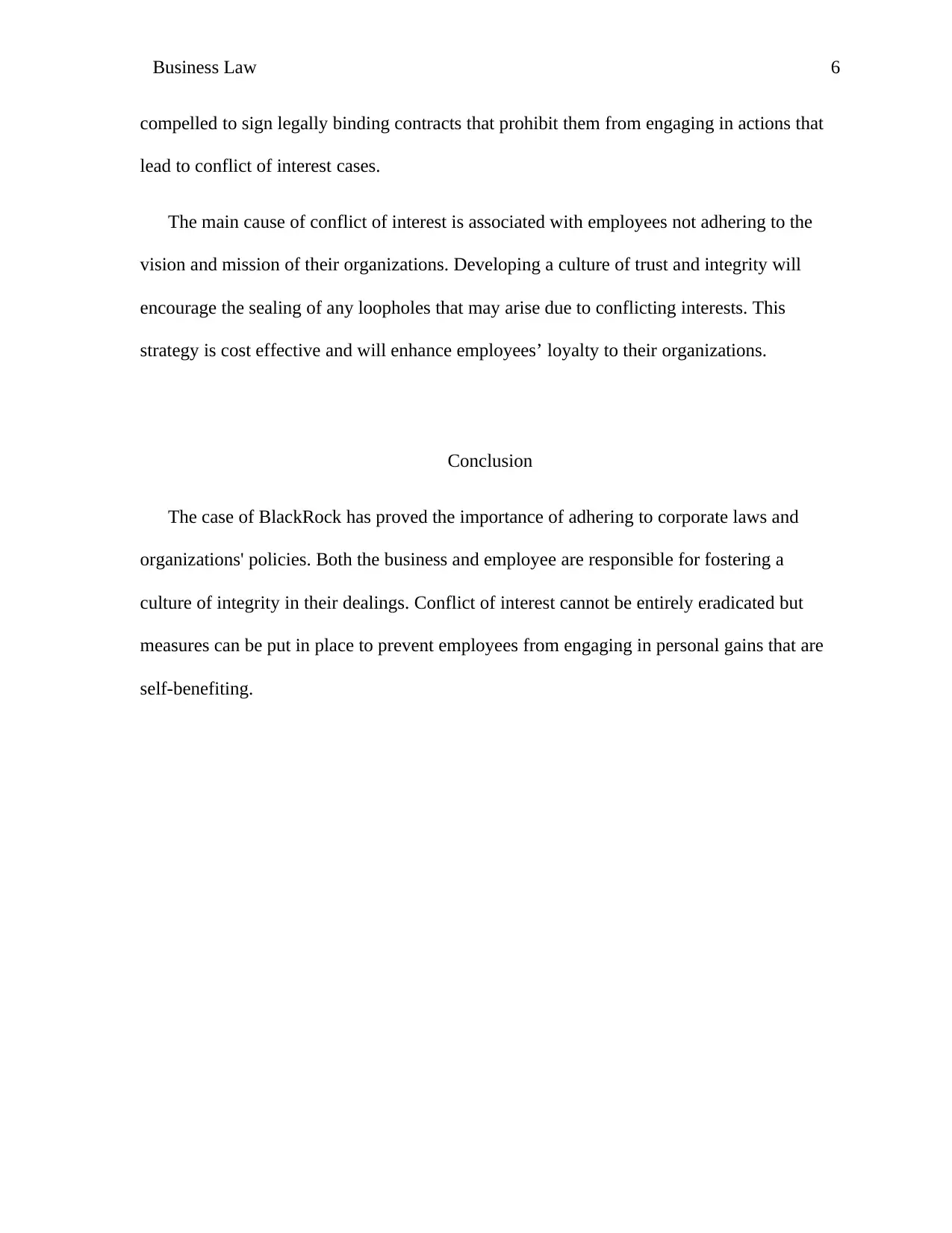
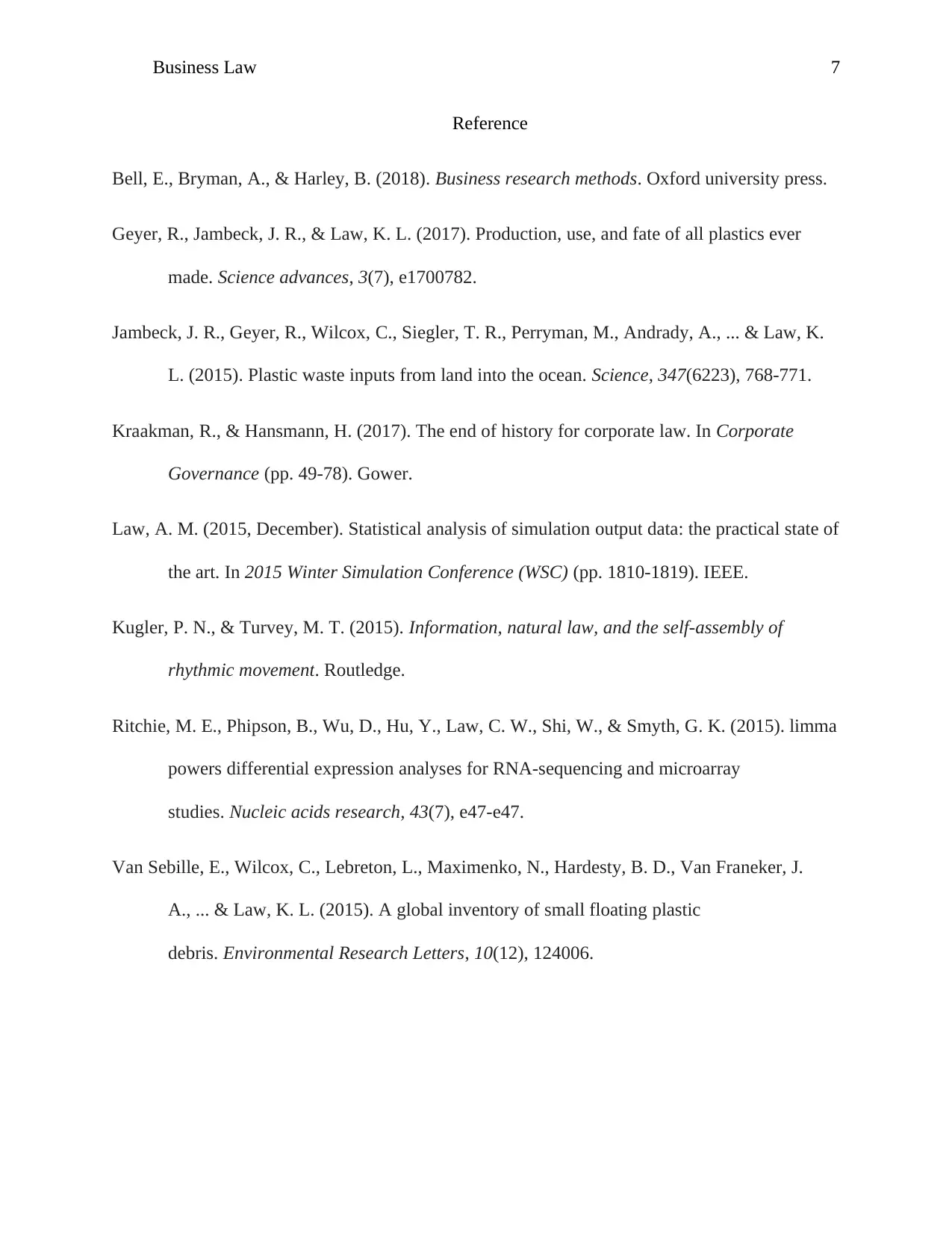





![[object Object]](/_next/static/media/star-bottom.7253800d.svg)